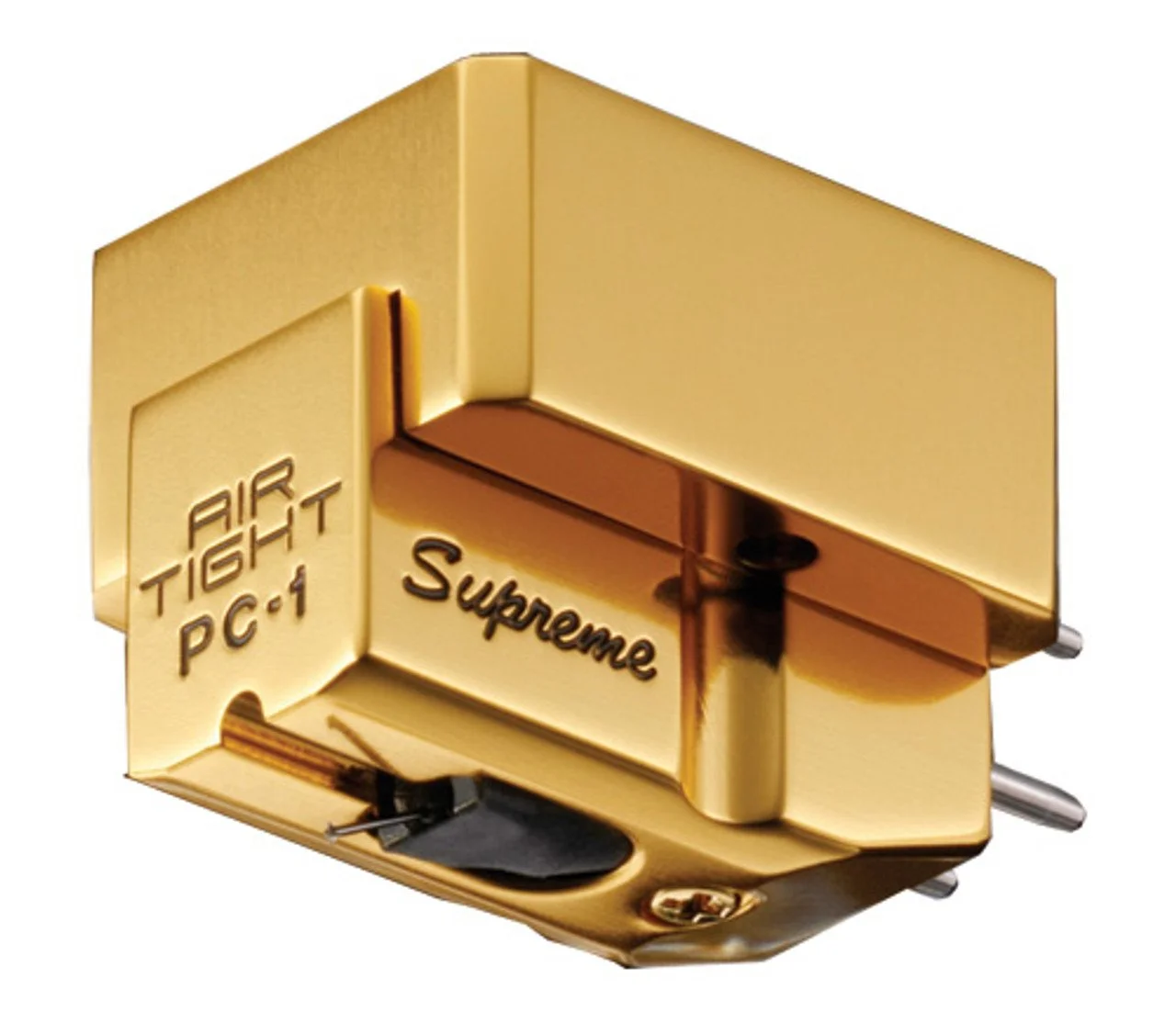Sir Adrian Boult and Elgar's Second Symphony.
Elgar premiered his Symphony No. 2 in Eb Major with the Queen’s Hall Orchestra on the 24th May 1911 to an audience who seemed slightly bewildered by its emotional content. Elgar remarked to Billy Reed, the concertmaster of the orchestra, that they “sat there like stuffed pigs”!
It's probably not surprising they did not quite know how to react to this richly layered and dramatic symphony. The work was dedicated to the memory of King Edward VII and contained elements of emotional longing that were new to many of Elgar's listeners.
One such listener was Adrian Boult, who was a boarder at Westminster School and who was immersing himself in musical matters to become a conductor. Initially, he found Elgar’s music difficult to grasp; after a year’s study in Leipzig with Artur Nikisch, he had seen the light and was becoming an admirer of Elgar’s Enigma Variations and The Dream of Gerontius.
Boult first met Elgar at the home of Frank Schuster, a family friend and benefactor of the arts. Boult was beginning to make a name for himself, and when he made his debut with the LSO, he included the overture In the South. Later in the year, he resurrected the Symphony No. 2 from the doldrums of the post-war and reawakened both the public’s and Elgar's faith in the work. This was to prove a major stepping stone in his recording career.
Throughout the 1920s and early 30s, Elgar dominated the recording studio conducting his works. His 1927 electrical recording of the 2nd gave it a wider audience even though the recorded sound was limited. Sadly, no further record was made even though Elgar made a much-improved-sounding recording of his Symphony No. 1 in 1931, which further cemented his reputation worldwide as an English composer of world standing.
In 1930, Boult was appointed conductor of the BBC Symphony Orchestra, and for the next twenty years, he premiered many new works and championed Elgar with fine performances using the resources of the BBC and its huge orchestra. It was his 1944 recording of the symphony that, even today, makes a great impression of the many-layered masterpiece. It was recorded in Bedford Grammar School, and despite the mono sound and the wartime restrictions placed on performance, it is, without doubt, a fine performance, giving us a taste of the later performances.
During the 1930s, as Elgar's recordings became outdated due to new recording techniques and better microphones, it was Boult, who, with his eighty strong string section, recorded Elgar’s The Introduction and Allegro and Enigma Variations. Boult’s power at the BBC gave him a head start, but he was not the only English conductor staking his claim to the Elgar crown. As Boult was ending his relationship with the BBC, he recorded Elgar’s Symphony No. 1 with the London Philharmonic Orchestra. This recording ushered in a new relationship which was to last the rest of Boult’s life. Boult recorded the 2nd with the LPO for Pye / Nixa in 1957 in mono. This performance has been long deleted.
Boult recorded the symphony yet again in 1963, this time with the Scottish National Orchestra in a performance that is well played and better sounding than the Hallé/Sir John Barbirolli performance from 1958. This recording, however, is not available unless you can get a used LP, but it is worth seeking out.
It's worth noting that Sir Thomas Beecham never recorded the symphony commercially, although he famously quipped that “Elgar's second symphony is the musical equivalent of St Pancras Station”. Sir Malcolm Sargent, despite a radio performance from 1964 which suffers from poor intonation and mono sound, also does not feature in the race to be Elgar’s finest interpreter.
It was with the Lyrita recordings of both Elgar symphonies in 1967 that Boult scored a triumph, and his interpretations of both deserve the accolades they have received and continue to do so on both CD and vinyl.
By the 1970s, Boult was entering his Indian summer in the recording studio and he coached younger conductors to perform this symphony; among those younger sticks, Vernon Handley made a fine recording of the second symphony as did Sir Charles Mackerras.
Boult ventured into the studio to make his fifth version of the symphony, this time with the London Philharmonic in 1976 at Abbey Road (Studio No. 1), the studio opened by Elgar in 1932. Boult was present at the 1932 Abbey Road recording of the symphony, but this LPO performance is slightly faster and sounds opulent in a way that would have astounded the composer back in 1932. This performance is available on vinyl and also in the complete Sir Adrian Boult Elgar, The Complete Recordings EMI 9 03592 2.
Boult remained consistent in his timings for the symphony, sometimes adding a few seconds here and there but keeping very much to the timings he set in 1944.
Elgar was a complex man, and his magnificent Symphony No. 2 presents him as he was, a man who was inspired by his female muses and with a deep feeling for the Worcestershire countryside of his birth. However, Elgar’s love of riddles has left us with many things still unanswered about his life and music, but we are lucky that Sir Adrian Boult lived a long life and was able to share with us his ideas for the symphonies and many other works, for which we are enriched. Boult never wavered in his conviction of the greatness of the music, and we should celebrate that gift.







